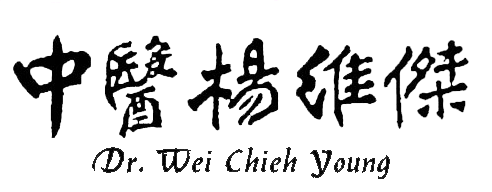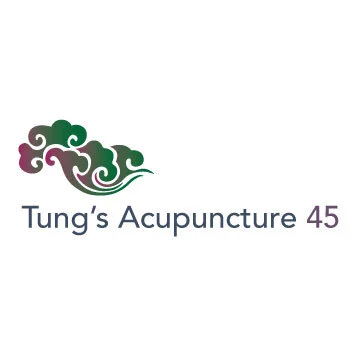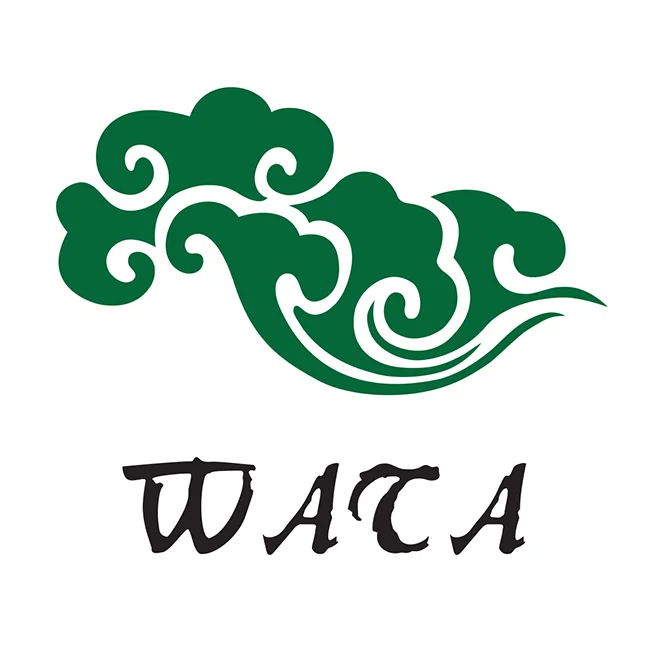I. Inter-promotion: This method is developed from the inter-promotion relation among the five elements. For instance, Taiyuan (LU 9) is the earth (Shu-Stream) point of the metal (Lung) and therefore can be used to supplement the earth to generate metal to treat lung qi deficiency; Shangqiu (SP 5), the metal point of the earth channel, can also be used to reinforce qi to treat diseases due to deficiency of qi in the middle energizer. No more examples are given here, since this is similar to the mother-son reinforcing-reducing method.
II. Inter-restriction: This method is developed from the inter-restriction relation among the five elements. For instance, Erjian (LI 2), the water point of the Large Intestine Meridian, is very effective for diseases of this meridian due to heat or fire such as toothache, and Neiting (ST 44) is also effective for toothache for the same reason; Yemen (TE 2), the water point of the Triple Energizer Meridian, is effective for diseases of the meridian due to heat or fire,. Chize (LU 5), the water (He-Sea) point of the Lung Meridian, can be used to treat diseases of the meridian due to fire, and is therefore the specific point for sore throat and tonsillitis.
III. Genuine Five Elements: Genuine five elements refers to genuine metal in metal, genuine earth in earth, genuine fire in fire, and so on. Zusanli (ST 36), the genuine earth of the earth meridian, has strong effect in regulating the spleen and stomach; Dadun (LR 1), also a wood point of the wood (Liver Meridian), is extremely effective for impotence, hernia and metrorrhagia, since these diseases are all diseases of the tendons, and the Liver Meridian circles around the genitalia and Liver stores blood. Laogong (PC 8), also a fire point of the fire (Pericardium Meridian), has excellent effect of purging fire, clearing away heart fire and chest fire and causing fire to descend, and therefore is often used to treat canker sore and heart stuffiness effectively.
IV. Inter-relation This is the most widely used method in the method of selecting points of the same five-element category, the principle of which is to fully utilize the close relation between the five elements and the visceral manifestations in the clinical practice. The application of this method to the clinical practice will be to select the meridian according to the primary disease mechanisms and the corresponding five-element points in this meridian according to the secondary disease mechanisms. For example, Xiangu (ST 43), the wood point of the earth meridian, is often used to treat diseases due to incoordination between the wood and earth (liver and spleen), especially diarrhea with abdominal pain, headache, migraine and dysmenorrhea; Yinlingquan (SP 9), the water point of the earth meridian, has strong effect of tonifying the earth and controlling water and is therefore used to induce diuresis in the treatment of edema. Houxi (SI 3) is the wood point of the Taiyang Meridian, and since wood controls the tendons it can be used to treat diseases along the Taiyang Meridian that are related to tendon, such as stiff neck, waist and legs; Yongquan (KI 1), the wood point of the water (Kidney Meridian), can also be used to treat vertex pain (or Jueyin headache) with the same mechanism, and is used as an important point for epilepsy and wind syndromes since wood dominates wind and the Jing-Well point has strong tranquilizing effect.
V. Inter-connection: This is a method in which two points of the same five-element category are used in combination. For instance, Chize (LU 5) is the water point of the metal (Lung Meridian) and Fuliu (KI 7) is the metal point of the water (Kidney Meridian). The two points used together have the effect of connecting metal with water to treat dysfunction of the lung and kidney with good effect. The author often uses these two points to treat chronic bronchitis and bronchial asthma effectively. Similarly, Shaohai (HT 3) is the water point of the fire (Heart Meridian) and Rangu (KI 2) is the fire point of the water (Kidney Meridian). The two points can be used in combination to treat diseases due to incoordination or disharmony between the heart and kidney, such as symptoms often seen in neurasthenia like insomnia, dream-disturbed sleep, seminal emission, palpitation, poor memory, vertigo, tinnitus, dry mouth and throat, aching loin and knees, afternoon fever, spontaneous sweating, etc.











今年 2020 為 董公景昌博士逝世45週年,為紀念 董公傳授絕學之用心,讓董氏針灸更加發揚,特舉董景昌逝世四十五週年紀念學術大會。